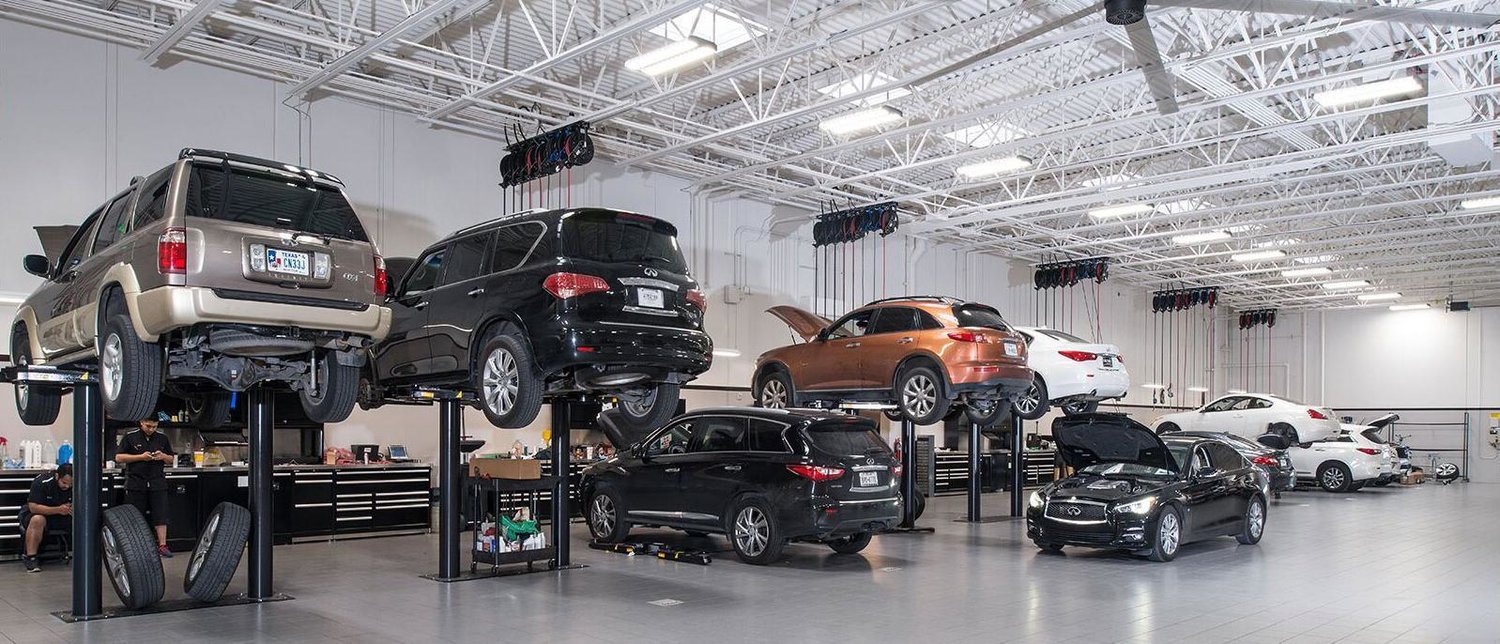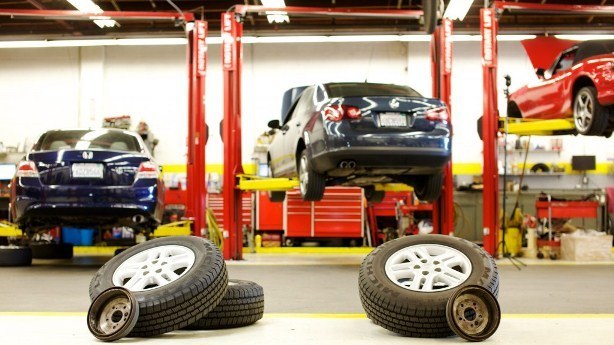All Categories
Featured
Proper tire upkeep is vital to prolonging the life of your car and guaranteeing a smooth and risk-free driving experience. 2 of the most crucial tire solutions are tire turning and placement. These services not only avoid premature tire wear yet likewise boost handling, fuel effectiveness, and overall safety. If you're not familiar with what tire turning and placement involve, here's a comprehensive appearance at why they matter and exactly how they profit your vehicle.
What Is Tire Rotation? Tire rotation refers to relocating your tires from one placement to one more to ensure they use evenly. The reason tire rotation is essential is due to the fact that not all tires wear the same way.
By revolving your tires consistently, you can stabilize out the wear across all four tires. This helps them last much longer and enables more even grip, improving handling and security. Most producers suggest turning your tires every 6,000 to 8,000 miles or according to the lorry's manual.
What Is Tire Alignment? Tire placement, also referred to as wheel positioning, describes the procedure of changing the angles of your automobile's wheels to fulfill the maker's requirements. The objective of placement is to make sure that all 4 tires are pointing in the ideal instructions and at the correct angles, which enables optimal handling, safety and security, and tire life.
There are 3 major alignment angles that are readjusted during a positioning check:

Camber: The tilt of the wheels when viewed from the front. If the camber is off, it can result in uneven tire wear, as the tire will not make full call with the road surface. Caster: The angle of the guiding axis when seen from the side. Correct wheel positioning makes sure that your lorry is stable when driving straight and that your steering wheel go back to its regular placement after a turn. Toe: The angle at which the tires aim internal or exterior when viewed from above. Inaccurate toe alignment can trigger the tires to drag, causing irregular wear and minimized gas performance. Imbalance can take place gradually because of regular driving or from striking challenges like visuals or pockets. If your alignment is off, it's essential to get it examined and fixed to avoid issues later on.
Why Tire Rotation and Positioning Matter. Enhanced Tire Life:. Routine tire turning ensures even tire wear, aiding you get one of the most mileage out of your tires. Unequal wear can cause you to change tires too soon, which can be costly. When your tires put on uniformly, they last longer, saving you cash in the long-term.
Boosted Lorry Handling:. Correct positioning keeps your car driving straight and secure, especially at greater rates. Misalignment can trigger your vehicle to pull away, making it more challenging to steer. By keeping your tires aligned, you ensure your automobile deals with much more smoothly and predictably.
Improved Safety And Security:. Tires that are not turned or lined up appropriately can put on erratically, affecting exactly how well your automobile quits and corners. Misaligned tires or tires with irregular wear patterns might trigger decreased grip, especially in wet or icy problems, leading to a greater threat of accidents.
Much Better Fuel Efficiency:. Tires that are misaligned can produce rolling resistance, indicating your engine needs to work harder to move the automobile. This raises gas consumption and minimizes your cars and truck's gas effectiveness. Appropriate tire alignment reduces rolling resistance, which can boost gas mileage.
Indicators Your Tires Need Rotation or Placement. While it's important to stay on top of routine tire rotations and placements, there are a couple of signs that may indicate your tires require interest:
Uneven Wear: If you observe that a person tire is extra used than the others, it's most likely time for a turning. Guiding Pull: If your automobile draws away or feels off-center, it can be an indicator of imbalance. Vibrations: If you feel vibrations in the steering wheel or the car, it could be because of a placement concern. Noisy Tires: Squealing or loud tires can indicate inappropriate rotation or imbalance. If you notice any one of these signs, it is necessary to obtain your tires examined by a specialist.
How Often Should You Rotate and Straighten Your Tires? Tire turning need to normally be done every 6,000 to 8,000 miles, though this can differ based on your driving conditions and the kind of lorry you drive. It's likewise a good concept to have your tires revolved whenever you get an oil change.
For placement, you need to have your tires lined up every 1-2 years, or extra often if you observe any type of problems with handling or irregular tire wear. If you hit a big gap or aesthetic, it's smart to obtain an alignment check today.
Final Thought: Regular Maintenance for Optimum Efficiency. Tire turning and placement are 2 basic yet important services that keep your cars and truck running efficiently, effectively, and securely. By revolving your tires frequently and maintaining your wheels appropriately aligned, you can expand the life of your tires, improve handling, and appreciate better gas efficiency. Don't wait for your tires to reveal indications of wear-- timetable routine upkeep to keep your car in top shape. Normal tire care is a financial investment that pays off in the future, keeping you and your guests secure on the roadway.
Latest Posts
Raise Your Brand with Expert Video Clip Production
Full-Service Campaign Implementation from Idea to Conversion
Discover Your LASIK Evaluation Locally at the Eye Center South
